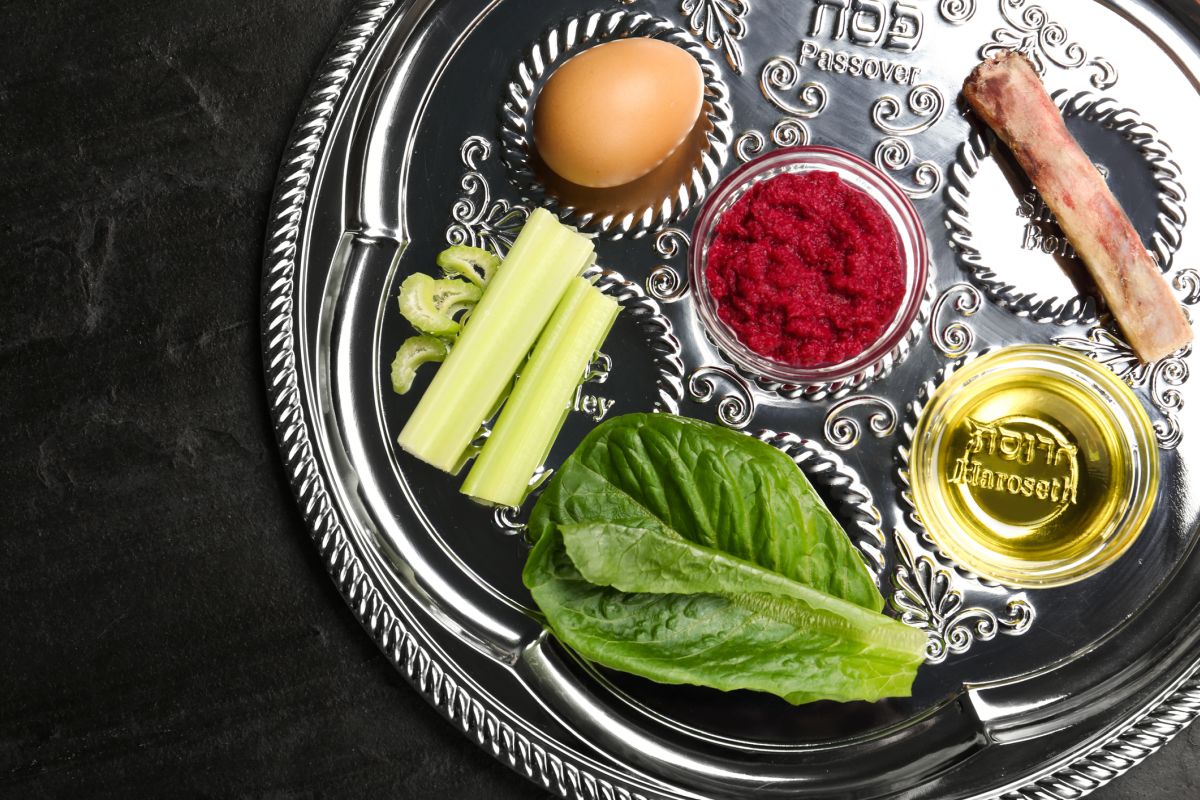Maror is a type of bitter herbs often served during the Jewish holiday Passover. The herbs are meant to represent the bitterness of slavery endured by the Israelites in ancient Egypt. Read on to learn more about maror, their unique flavor properties, and how they can be eaten.

What is Maror, Exactly?
Maror isn’t just one ingredient but, rather, several which are served on a Seder plate as a part of the symbolic retelling of the Exodus story. Maror is a name that means ‘bitter’ and can be used to refer to any bitter herb or vegetable that can be consumed on its own, such as horseradish, endive, romaine, lettuce, chicory, clover, or dandelion greens.
Why is Maror Eaten?
Maror is eaten during the Jewish holiday Passover Sedar as a remembrance of difficult or bitter times through the course of Jewish history. Eating the herbs is a commandment in the Torah to symboloically connect with the suffering their ancestors during their slavery to the Egyptians and to express gratitude for their liberation.
How Are Maror Severed?
Maror is typically served alongside other symbolic foods during the Passover Seder. It is usually grated or chopped finely and eaten either on its own or as part of a sandwich with matzo and charoset, a sweet paste dip, and an apple, though other sweet fruits can also be used on some Seder plates. In addition to maror, and the sweet ingredients, a Seder plate should also include a lamb shank, roasted eggs, parsley, and an orange.
How To Eat Maror
The correct way to eat maror is by picking up a piece of matzo with the hand, then dipping it into the prepared Maror. Before removing the maror from the charoset dish, shake off the excess on the rim.
Maror should be eaten slowly, to commemorate the trials of the Jews throughout history. The herbs can also be consumed in between two pieces of matzo, to make what is called a Korech sandwich.
Leave a Reply